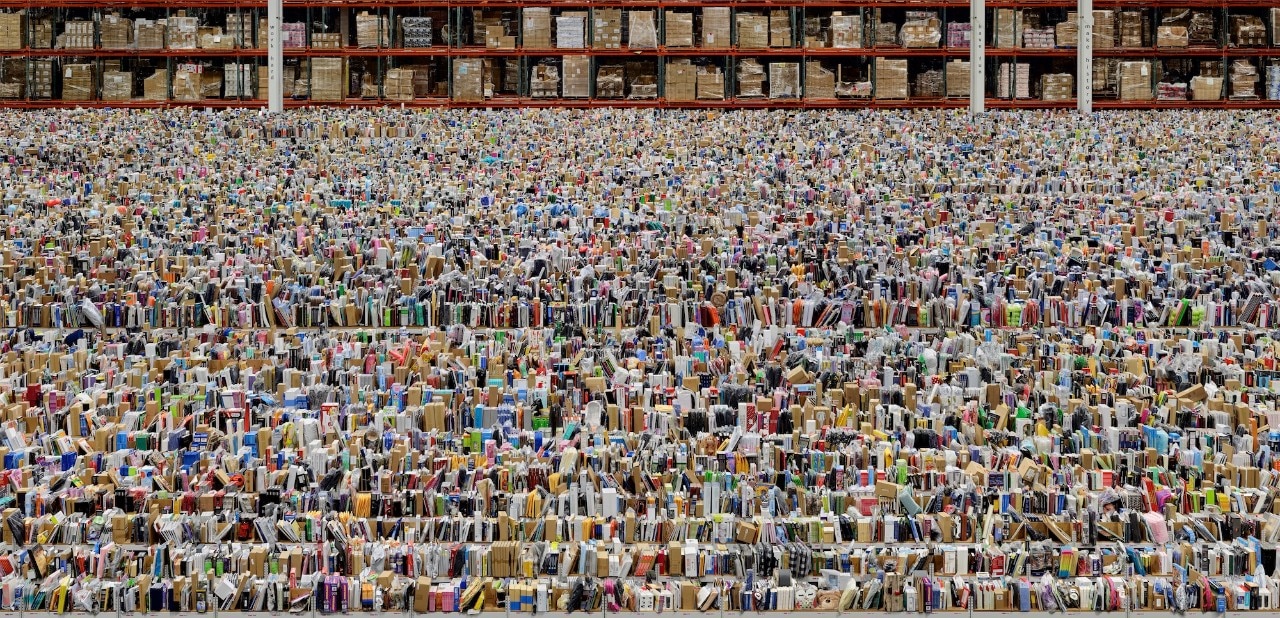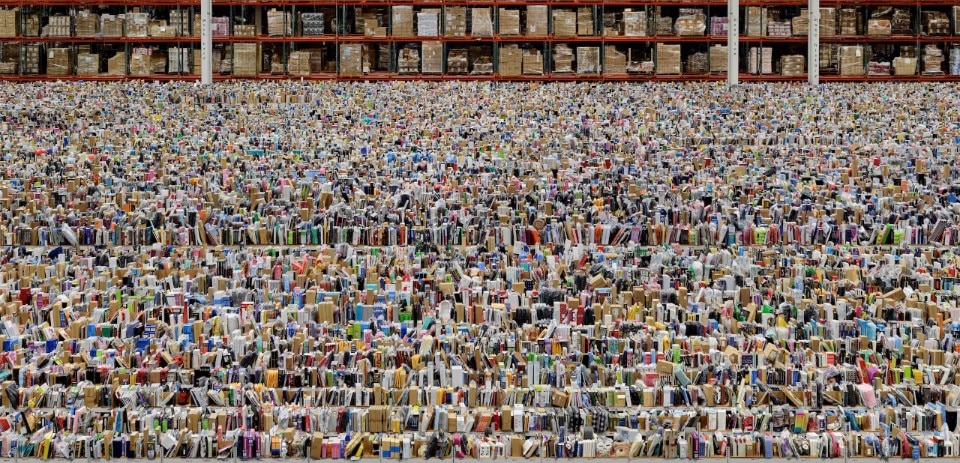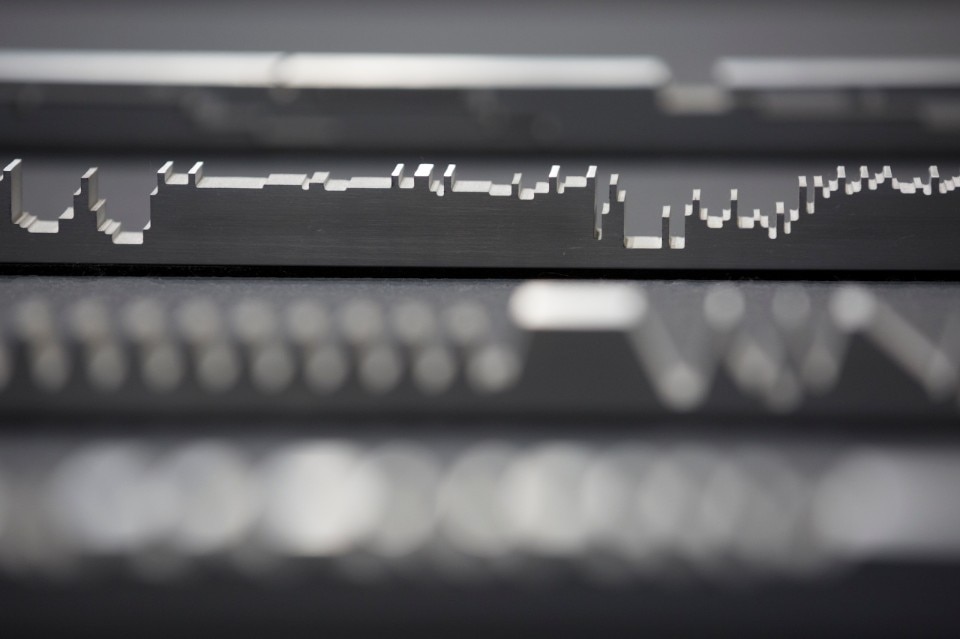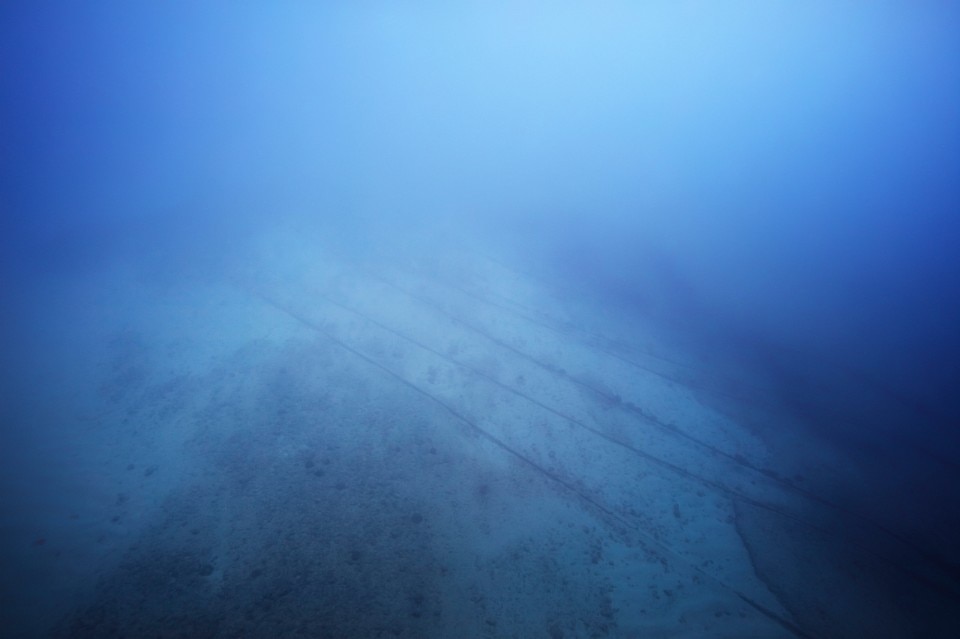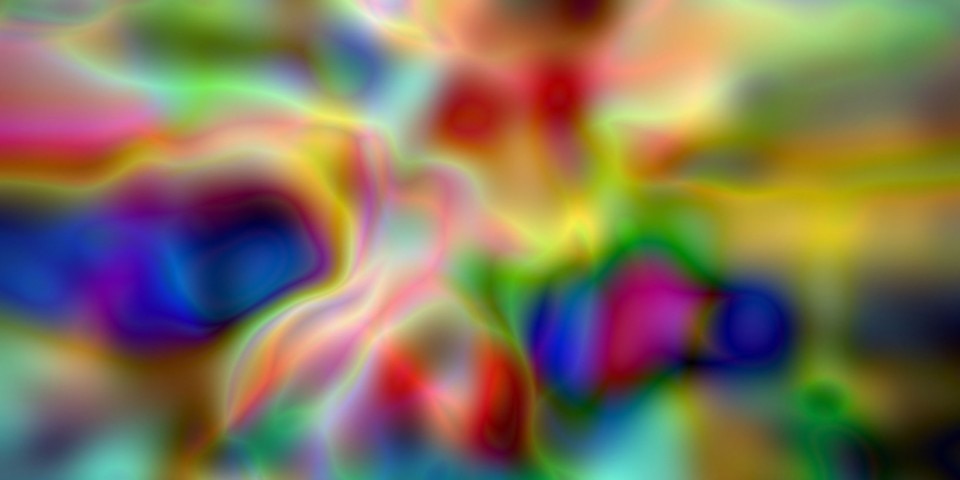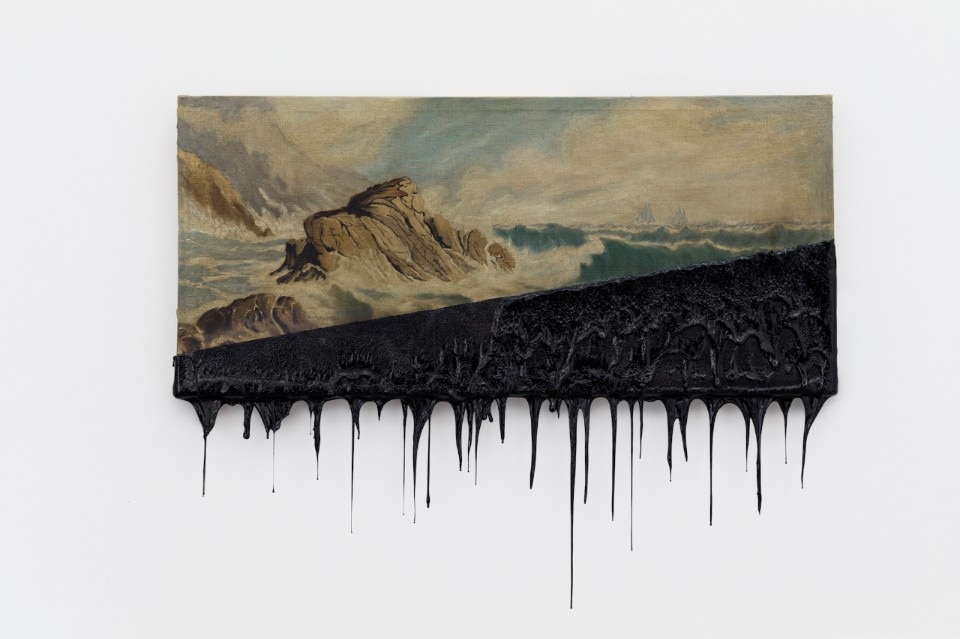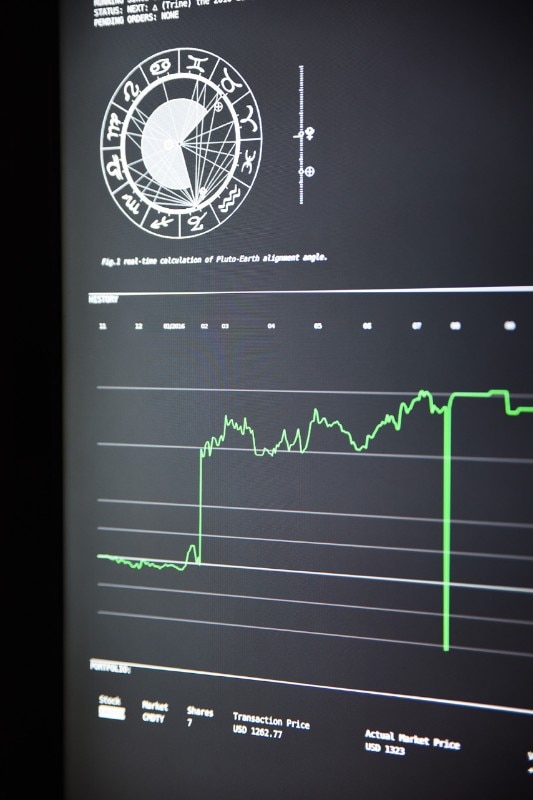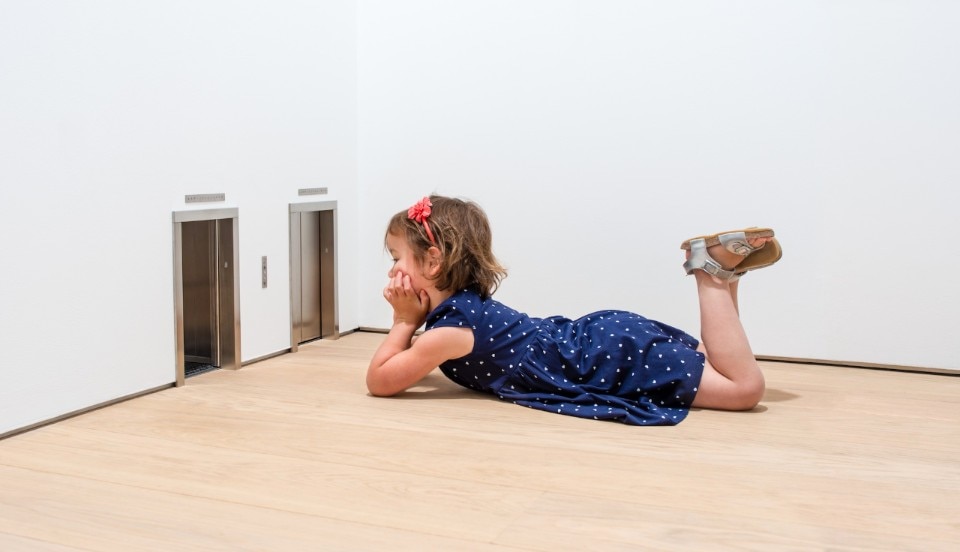We live in a world that is increasingly saturated with images. each day more than three billion images are shared on social networks, and this is only a small part of the images that are produced every day. Moreover, not all images are created for us humans: many are produced by machines for other machines. The space of visibility seems to be literally inundated with a huge number of images, making any other form of communication irrelevant. We talked about this with Peter Szendy, philosopher, musicologist and professor of aesthetics in the Philosophy Department at the University of Nanterre (Paris X). He curated the exhibition “Le supermarché des images” at the Jeu de Paume in Paris, which reflects on the economic aspect of the life of images and on the production and interchange infrastructure on which the visual industry is based.
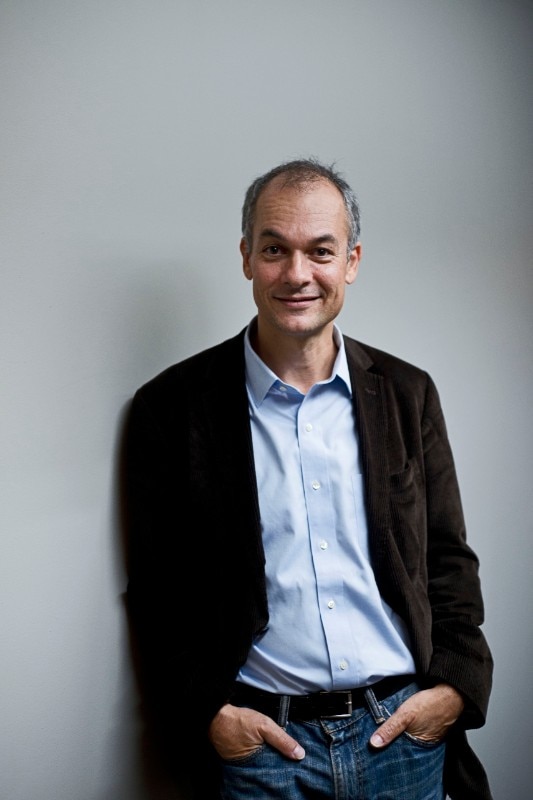
In the catalogue, you employ the neologism “Iconomics” in reference to the economic dimension of images. How do images acquire an economic value?
The second element from which the exhibition takes its inspiration is the book you mentioned, which tries to describe the commodification of the visible. The term Iconomics, which is a combination of the words icon and economy, is fairly new. I use it to highlight the economic value of an image, and this is what the exhibition focuses on, it examines the various qualities of an image. In the exhibition we talk about image encoding, format and compression. They’re all parametric qualities, quantitative values that require an economic approach.
The infrastructure supporting the image market looks extremely perverse when observed through some of the works you selected for the exhibition. In particular, the work of Martin Le Chevallier “Clickworkers” particularly impressed me. Can you tell us about this project and the socio-economic scenario it describes?
The Space-Image that Walter Benjamin talks about, also represented in Ewan Roth’s work, certainly has its own dark side, even though it is a space dedicated to total visibility. To stand out, the images require an incredible amount of work, an effort that is for the most part ignored. Few people know that the visualizations of videos and images are often the product of manual work. Contrary to what we often think, instead of algorithms and artificial intelligences, which are extremely expensive, behind the purchase and sale of visualizations there are underpaid workers. This phenomenon was masterfully documented by Martin Le Chevallier. Clickworkers is a story built on real facts, which describes the paradoxical working conditions imposed by the ever-increasing needs of the “visual market”. A narrating voice tells the story of a woman who tags porn movies for a living, likes snuff videos or comments on videos of terrorist attacks. A work so repetitive that the content of the video or image disappears completely from the clickworker's eyes.
The digital infrastructure is going through such a complex and fast transformation that perhaps no one has a complete understanding of the phenomenon. James Bridle has defined the contemporary period as “A New Dark Age”. Do you think it is still possible to manage and understand the direction that our relationship with technology has taken or should we simply accept the cognitive impenetrability of the Internet?
We are facing an unprecedented loss of control and one of the areas of confrontation is the world of image. On the other hand, I do not think it is a hopeless situation. The interaction between man and machine is not moving towards a complete loss of control in favour of technology. On the contrary, there are several examples of the interaction between human language and machine language, and the man is still favoured. The artistic collective RYBN, for example, designs financial algorithms that generate chaos rather than productive efficiency. So, we are talking not only of re-appropriation of language, but also of a more rigorous use of the tools we have in order to produce obstacles for the circulation of images, which would otherwise happen without friction.
Moreover, there is no real dichotomy between man and machine. The human vision is the product of a series of adaptations that has also evolved through the introduction of the machine. Human vision is in turn a very sophisticated machine that derives from various economic and educational issues. In the introductory text of the catalogue, I underline this position, recalling how the myth of Butade, the first sculpture, already in ancient times showed the problems of formatting and decoding an image. In short, technological contamination and the economy of vision are dimensions that have always belonged to the world of the image.
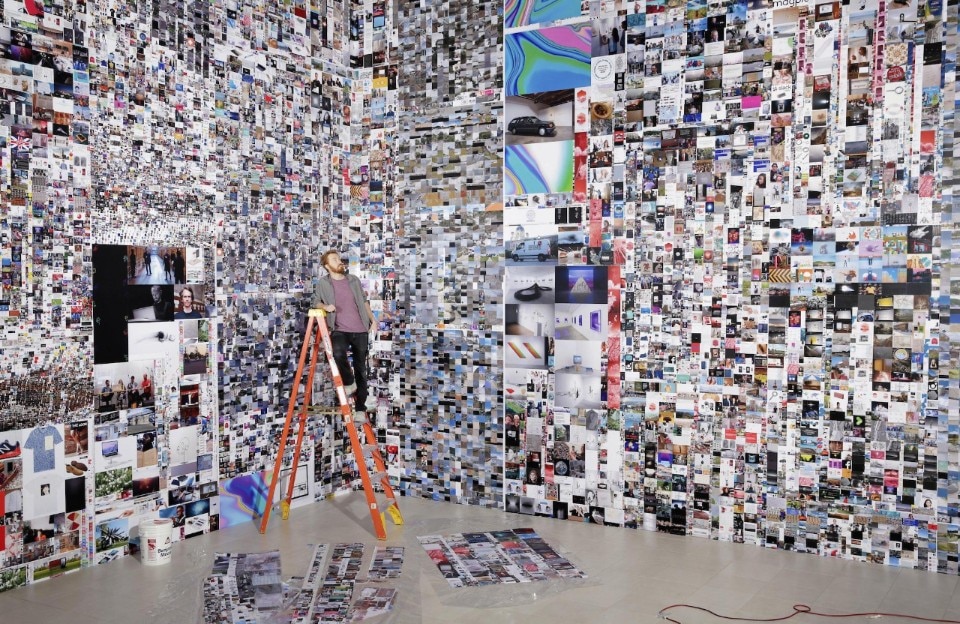
Ewan Roth’s installation Since You Were Born by is a vast collection of images that the author obtained by downloading his “web cache”, a collection of images organized without following a specific criterion. Formally, it recalls the work of Aby Warburg, Mnemosyne Atlas, which you have already mentioned in previous texts. However, the lack of a curatorial hierarchy seems to celebrate a contemporary sensibility. Is there some kind of continuity between the two approaches? Or does the lack of narrative in Roth's work signal an entirely new attitude?
That's a very interesting question. I would say that Warburg's spirit permeates the whole exhibition. Warburg was the first to envision the circulation of works of art in terms of trajectories, routes, roads, and this approach is one of the main themes of the exhibition. For example, in one of the last rooms, we exhibited images of submarine internet cables, one of the works presented by Trevor Paglen. In some way this work reminds us of the system of routes that Warburg talks about. Another very interesting aspect of Warburg's work is the miniaturization of the routes that take on distances that can be travelled with the eye through a compositional juxtaposition. Warburg's works encourage us to follow a very precise trajectory between image and image. To sum up, on the one hand we have the infrastructure of networks and routes that the images follow, on the other we have the curatorial juxtaposition of images. This second theme, the juxtaposition of images, is the basis of Ewan Roth's work, but this time without any hierarchy. Roth juxtaposes images by eliminating interstitial spaces, which are fundamental in Warburg's works.
Works of artists like Trevor Paglen aim at revealing the paradoxical consequences of technological progress. What is, in your opinion, the role of humans in the increasingly widespread process of machine-machine interaction?
In my opinion, there are two extreme conditions, which outline a gradient of interaction. On the one hand, the complete exploitation of human activities. In this case the “fatigue” component is carried out by man for the machine, of which automated recognition systems still require excessive costs. The opposite extreme, on the contrary, is represented by the re-appropriation through artistic practice. The installation The Pirate Cinema by the collective Disnovation.org presents cinematographic works, traditionally shared on the internet with Peer To Peer file sharing, that are fragmented and reconstructed in a completely random sequence of frames that follows the algorithm of decoding and recomposition of the video from one device to another. The exhibition oscillates between these two extremes, trying to describe the whole spectrum of interaction between man and machine.
- Exhibition:
- Le supermarché des images
- Curated by:
- Peter Szendy with Emmanuel Alloa and Marta Ponsa
- Venue:
- Jeu de Paume, Paris
- Opening dates:
- 11 February - 17 June 2020
- Address:
- 1 Place de la Concorde, 75008 Paris, France


